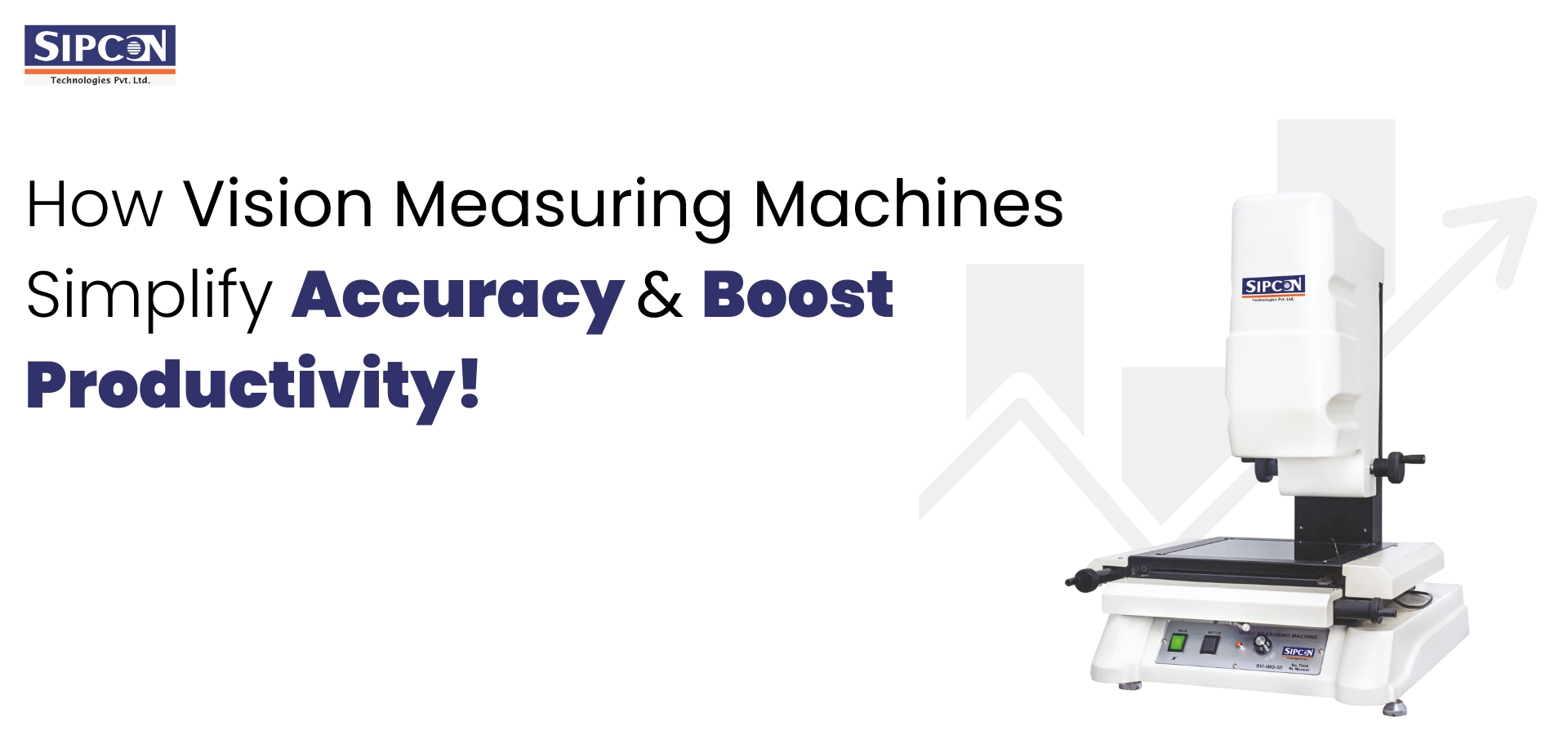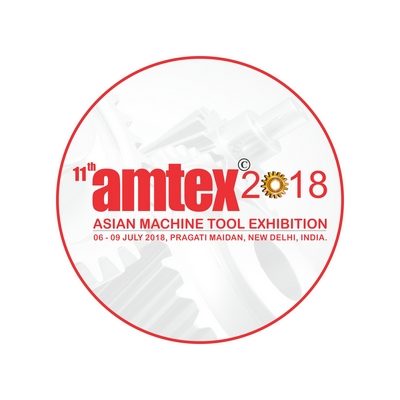Vision Measuring Machine: How It Works and Its Advantages
A minor difference in measurements can lead to defective products, which can create huge financial losses and damage the company’s reputation. To solve this issue, a Vision measuring machine (VMM) comes into play. As an ultimate instrument that integrates optical, speed, and mechanical components, a VMM helps to check that products are measured and manufactured with precision, speed, and reliability.
What is a Vision Measuring Machine (VMM)?
A Vision Measuring Machine is an ultimate measurement machine which is used to measure the dimensions of various parts. It works on a principle like microscope but works more than simple magnification by using precise imaging, illumination, and software to measure the complex parts with precision.
Primarily used in quality control processes, VMMs offer non-contact measurements, which means they can inspect sensitive or delicate materials without causing any damage. They are widely used in aerospace, automotive, electronics, and medical devices, where precision and quality are crucial.
How Does a Vision Measuring Machine Work?
The working mechanism of a Vision Measuring Machine combines high-resolution optics, precise mechanics, and specialized software. Here’s a step-by-step breakdown of how a VMM operates:
- Component Placement
The part to be inspected is placed on a platform, also known as the work stage, which can move in X, Y, and Z directions to measure the part from each angle. The stage’s movements are controlled with the help of motors to ensure exact position.
- Lighting System
One of the paramount aspects of VMM is its lighting system, helping to ensure the optimal illumination in the components for correct imaging. Various lighting systems, such as backlight, coaxial light, and ring light are used depending on what types of dimensions and materials of the parts. For example, the backlight is useful for measuring the outer dimensions, where coaxial lighting highlights surface details.
- Imaging
VMMs come with high-resolution cameras that take images of the component. The VMM optics work to magnify the component, which helps in capturing every fine detail. Some models of VMMs come with multi-axis zoom lenses that provide different levels of magnification according to the inspection objective
- Software Processing
All the captured images are processed by advanced software that inspects the features of the components. The software checks the edges, measures angle and calculates dimensions which are based on algorithms. In some advanced models of VMMs measurement points automatically identify and reduce the need for manual work.
- Measurement Analysis
After the measurement inspections of the captured images by the software, it generates a detailed measurement report to the user so that components can be checked whether it is made with exact specification or not, data is stored digitally so that it can be shared for future.
Advantages of Vision Measuring Machines
The adoption of VMMs is growing due to the numerous advantages they offer over traditional measuring tools. Here’s why these machines are becoming an essential part of quality control in modern manufacturing:
- Non-Contact Measurement
One of the major benefits of VMM is its non- contact measurement method. VMMs are known as good measurement machines for soft and fragile parts as they use optics and imaging components. This is mostly used in inspection of delicate parts or materials that can be damaged
- High Precision and Accuracy
VMMS is the ultimate measurement machine when users have to measure multiple components in a short time. Whereas manual measurement methods fail to measure multiple components in a short time. VMM reduces inspection time without compromising with accuracy, it is suitable for those industries where mass inspection is required.
- Versatility
Advanced VMMs are developed with the motive of handling a wide range of parts, formal small components to large components. They are ideal for measuring complex geometrics, from flat components to complex contours. Some advanced models of VMMs are coming with multi-sensor integration.
- Automated Measurements
Automation features are a substantial advantage in today’s manufacturing industry, with advanced software, VMMs can perform automatic measurements based on programmed instructions. This function eliminates the chances of human errors and ensures high accuracy in component inspection
- Data Management and Analysis
Most VMM are integrated with software that can generate real-time measurement reports to record the data for future reference. This detailed report helps to analyze quality control in the manufacturing process.
- Improved Quality Control
By using a VMM in the production process to ensure quality control, with the help of detailed measurement a report user can identify the defects before the production line starts to avoid rejections.
- Cost-Effectiveness
At the time of purchase, a vision measuring machine may seem like a heavy investment, but it can lead to long-term savings, like saving components from rejection, material wastage, and losing customer trust. With the help of automation in the measurement process, companies can save on labor costs and reduce inspection time.
Applications for Vision Measuring Machines
Given the advantages they offer, VMMs are widely used across various industries:
- Aerospace: In aerospace manufacturing, where tolerance is tight. VMM helps ensure that manufactured components meet the exact specifications and precision levels.
- Automotive: In the automotive industry VMMs have been commonly used for a long time ago to inspect engine parts, gears, bearings and other crucial parts to check they can fit and function rightly. VMMs help in finding any deviations in component dimensions that could impact performance.
- Electronics
With increasingly miniaturized components, the VMM benefits immensely in the electronics industry by inspecting the connectors, microchips and circuit boards.
- Medical Devices
Medical devices include complex measurement dimensions that require manufacturing with strict quality standards. VMMs help to manufacture medical devices accurately and meet regulatory requirements.
- Tooling and Mold Making
In Tool-making industries, VMMs measure the accuracy and condition of molds and tools to ensure they produce components with the correct measurement specification.
Future Trends in Vision Measuring Machines
As technology advances, VMMs are also evolving to include even more sophisticated features. Here are some trends shaping the future of VMM technology:
- Artificial intelligence
With the help of AI, VMMs work more efficiently because of automate more complex measurements, improving efficiency and reducing the chances of human errors. AI can also help identify potential defects more accurately.
- Multi-Sensor Integration
After combining vision measurement and laser scanning, tactile probes, or other sensors allow for a more comprehensive inspection process.
- Real-Time Analysis
Some models of VMMs allow for real-time measurements, offering immediate feedback to operators.
- Enhanced Software Capabilities
The software that supports VMMs is continuously upgrading with more user-friendly interfaces, advanced data analysis tools and integration options for seamless data management.
Conclusion
Vision Measuring Machines have evolved the methods that how industries measure and inspect their parts with the help of non-contact and high accuracy and automatic measurements. VMMs work to get parts manufactured with strict quality standards, eliminating the chances of human error and improving the whole quality process. With continuous upgradation in metrology industries, VMMs will remain as the ultimate measurement instrument for quality check and inspection in modern manufacturing.


